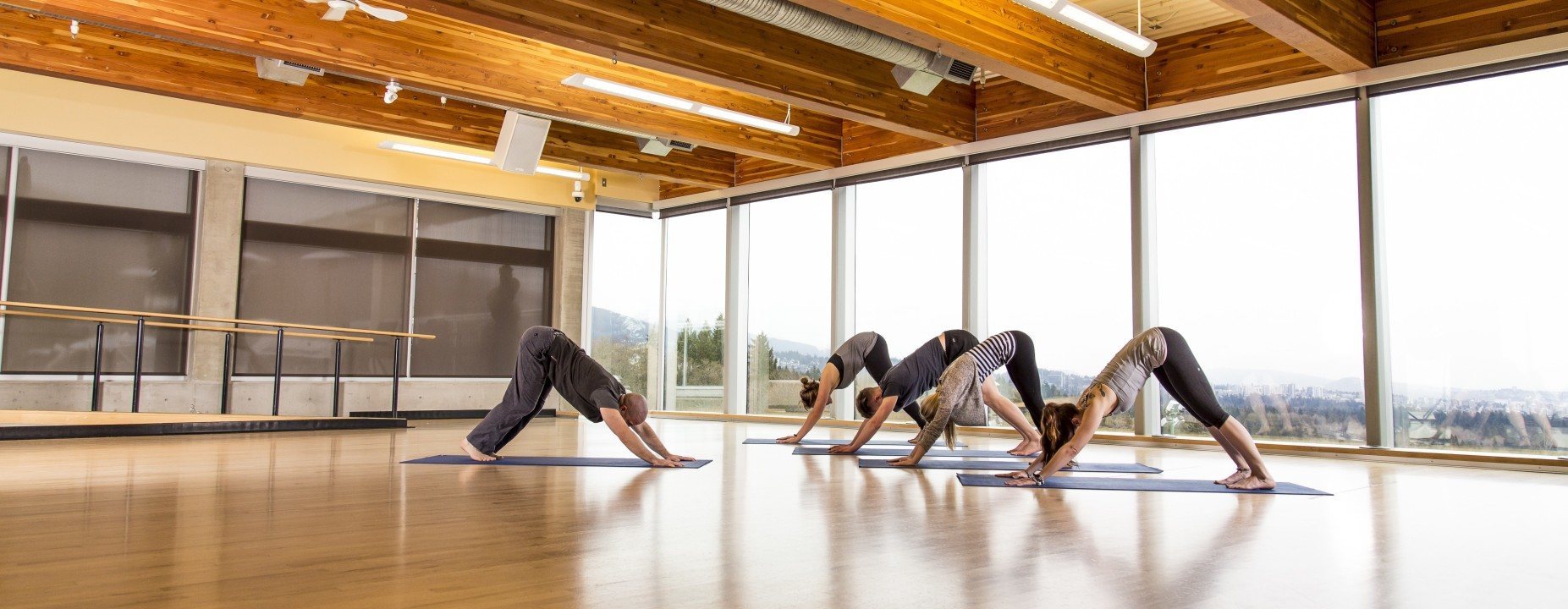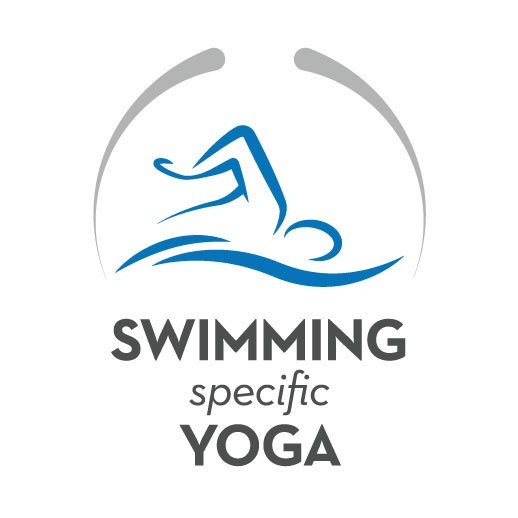The shoulder moves in many different ways and is one of the most mobile and versatile joints in the body. Because of this fact, for many, it is one of the most unstable joints in the entire body.
Various swimming techniques require a great deal of mobility within the shoulder joint.
In an attempt to achieve greater mobility there can be a tendency to sacrifice stability.
Some of the common causes that create vulnerability within the shoulder joint include:
- Poor body awareness
- Lack of scapular control
- The inability to secure the joint in an extended range of motion
Yoga can be used to address these issues.
Below are poses that can improve should stability.
1. Poor Body Awareness
The poses below should first be done slowly progressively adding speed as the athletes have become more aware of how they are holding and moving their bodies with increased should stability.
When working with different groups I have found that a lot of athletes have trouble differentiating between internal and external rotation in the shoulder joint.
The following poses will lead to improved awareness and great shoulder stability.
Come into a table top position. Fingers spread wide, hands shoulder width apart, shoulders over elbows, elbows over wrists with a micro bend in the elbows. Line up the knees hip width apart with hips over knees and toes tucked. On an inhale internally rotate the shoulders than on an exhale externally rotate the shoulders.
Go through this motion four times.
Holding the external rotation in the shoulders inhale and push back into a down dog slowly. In down dog bend deeply into the knees and elbows, inhale internally rotate the shoulders on an exhale externally rotate the shoulders and push through the hands raising the hips higher then bring the legs towards straight.
Repeat that movement four times.
2. Lack of Scapular Control
One way to improve scapular control is to perform basic protraction and retraction exercises.
Start in table top and with an external rotation in the shoulders. On an inhale bring one arm up and off the mat, exhale and on the next inhale bring the arm forward by moving through the shoulder blade (protraction). On the exhale bring the arm back towards the body once again through movement in the shoulder blade.
The movement should come from the lower half of the shoulder blade (rhomboids and lower traps).
3. Inability to Secure the Joint in an Extended Range of Motion
Come into child’s pose. Place the top of the feet on the ground, bring the big toes together with the knees spread wide, fold forward at the hips and reach the arms out in front of you with the forehead resting on the ground.
Actively reach forward, feeling a stretch in both sides of the back. As you reach forward press your finger tips into the ground and feel like you are pulling the mat or ground towards your armpits without moving your hands. You should feel the upper arm draw in towards the shoulder socket while continuing to achieve a stretch through the back.
Creating this isometric contraction through the shoulders is a simple way to develop a swimmers strength when they are at full extension.
…
This Yoga for Swimmers article is brought to you by Swimming Specific Yoga the world’s top resource for online yoga classes and courses designed for swimmers.
Sign up here to receive the Swimming Specific Yoga newsletter which includes information on how yoga can enhance both your swimming performance and your wellness.







I don’t get what you mean by “external” and “internal” shoulder rotation. Do you mean I should try to rotate my arms outwards while my palms are placed on the ground so that I feel tension in my shoulders ?
Cheers, Bill